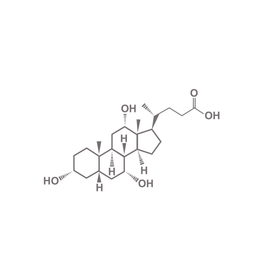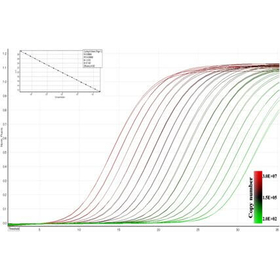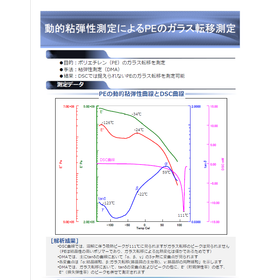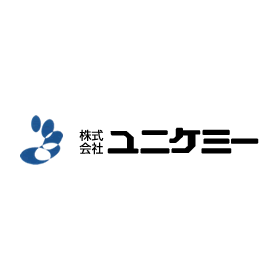
Reverse engineering that reveals the information engineers want through accurate circuit restoration.

By using a vacuum truck, it is possible to avoid solution leaks, shorten work time, and reduce residual solution!

Analysis of physicochemical components in feces / organic acids (short-chain fatty acids), decomposition products, IgA, bile acids, etc. / Feces and gastrointestinal contents from humans, mice, pigs, etc. can also be accepted.

We have published cross-sectional observations in clear vision mode and normal/standard mode!

We determined the particle size of active substances from SEM images using deep learning and data analysis.

Provide new perspectives and methods for archaeological research.

Construction without opening areas that maintain cleanliness, such as clean rooms! Cleaning can be done without stopping the production line.

When updating the air conditioning, the existing refrigerant piping can be reused through cleaning.

The technical information magazine The TRC News provides the latest information on analytical techniques that are useful for research and development, solving production troubles, and quality control.

Did you know that this is actually how it is inside the product? We offer regular health check-ups for the product!

Comprehensive analysis of microbial communities in a wide range of samples such as soil, activated sludge, environmental water, biofilms, culture media, and fermented foods, including DNA extraction, PCR, and data analysis.

Quantification of total bacteria, ammonia-oxidizing bacteria, iron bacteria, sulfate-reducing bacteria, Anammox, nitrite-oxidizing bacteria, iron-oxidizing bacteria, Dehalococcoides, etc.

A contract service for quantifying the DNA of all bacteria, all archaea, all fungi, bifidobacteria, lactic acid bacteria, other intestinal bacteria, acne bacteria, periodontal bacteria, and more.

Contract service for determining the presence and types of microorganisms / Microscopic observation of foreign substances, precipitates, and stains on materials / Reporting photos capturing the characteristics of bacteria, mold, and yeast.

Contracted services for genetic analysis, morphological observation, physiological and biochemical trait testing, and chemical testing / Selecting and conducting effective tests for taxonomic characterization based on the results of genetic analysis.

Contract testing service with comprehensive analysis based on yeast gene analysis and morphological observation / Allows for deeper insights than tests with gene analysis alone / Report with microscope observation images.

Rich lineup of microbiome structure analysis (microbiota analysis) and data analysis!

Analysis of physicochemical components in feces / organic acids (short-chain fatty acids), bile acids, IgA, decomposition products, etc. / Feces and gastrointestinal contents from humans, mice, pigs, etc. can also be accepted.

Free technical booklet on creating operation manuals for wastewater treatment facilities, addressing unclear procedures for standardizing business operations!

Synthesis of nanoparticles! Numerous delivery achievements, including those from national universities!

This is a service that sends a report on the investigation and consideration of causes from a comprehensive perspective.

The glass transition of polyethylene (PE), which cannot be captured by DSC, can be measured using DMA. Please make use of this to obtain the characteristics of PE.










































































































